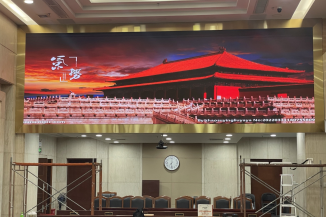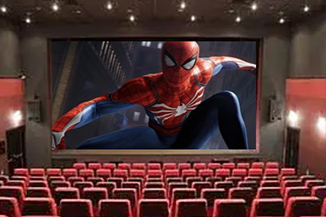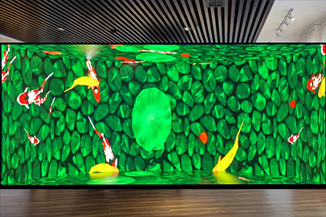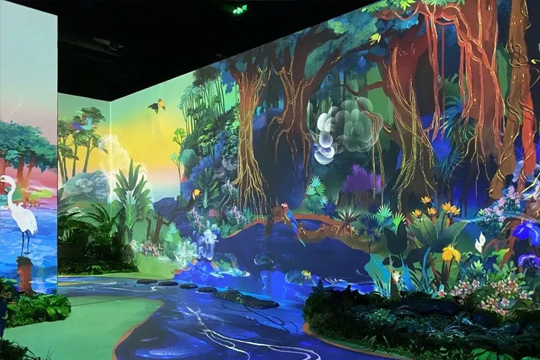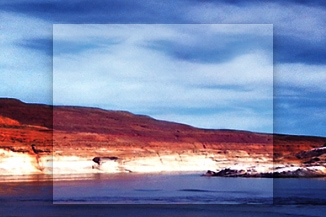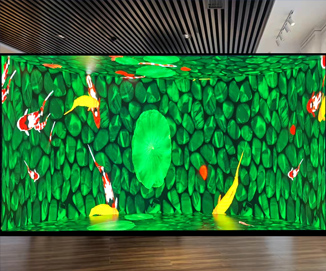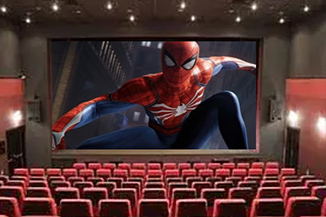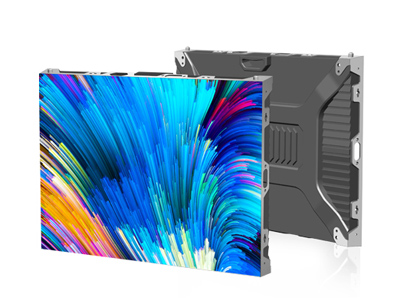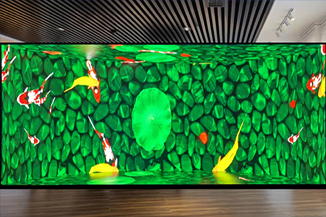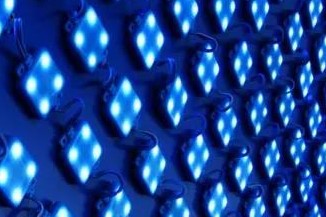Publisher: Supplier of LED Display Time: 2022-08-11 18:02 Views: 1477
1. Requirements for materials: PCB thickness, generally 1.6mm thickness; Material: FR-4 glass fiber board, some manufacturers may use FR-2 paper substrate in order to reduce costs; Copper foil thickness: The thickness of copper foil It plays an important role in the heat dissipation of the PCB board and the stability of the circuit. The normal copper foil thickness is 35um (1Oz), and some manufacturers will use 18um (0.5Oz) copper foil thickness to shoddy; then as a consumer How to tell the difference? You can take an empty PCB to distinguish it by weight. Under normal circumstances, the heavier the better.
2. Several key points in design: connectors, connectors refer to the connection between the module and the module, there are two main types that are used more in the market now, one is the horn, the other is the row. Needle. The advantage of the horn is that the cable can be stuck by the two card positions, and it is not easy to cause faults caused by connector problems. Regarding the choice of electrolytic capacitors and tantalum capacitors, for occasions requiring long life, tantalum capacitors are undoubtedly the first choice. Where a low price is required, electrolytic capacitors are the first choice.
Automated production equipment
Most of the inside of the screen are electronic components, and static electricity is very harmful to electronic components. Sometimes static electricity directly breaks down components and damages them. Sometimes it does not directly break down, but it leaves hidden dangers, and the side effect is yuan The device is damaged after a period of use. In the electronics manufacturing industry, people have thought of many ways to deal with artificial static electricity, including wearing electrostatic rings, wearing electrostatic clothing, using dust-free workshops and so on. In fact, the most effective method is to try to avoid manual contact with electronic components, and the use of automation equipment achieves this purpose.
Average power consumption
Square power consumption refers to the power consumption generated by an LED display with an area of one square meter. The unit of power we usually say is watts/hour. For example, the power consumption of one square meter of LED display is 300 watts, then this display will consume 300 watts/hour of electricity per hour per square meter, which is what we often call 0.3 kWh. The power consumption of the LED display generally has two indicators, one is the maximum power consumption, and the other is the use power consumption. The maximum power consumption refers to the power consumption of the LED display at the maximum brightness. How to distinguish the maximum power consumption with eyes? The method is very simple: look at the number of power supplies behind the cabinet, multiply the maximum power of each power The maximum power consumption per square meter can be calculated based on the size. Generally, there are two types of power supplies, 200W and 300W.
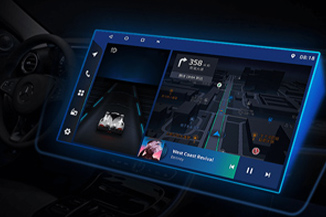
Indoor small spacing: low light and high gray
Low brightness and high gray, the specific explanation is: when the brightness range of the small-pitch LED display is in the range of 100cd/㎡—300cd/㎡, the grayscale of the display screen is not lost, or the degree of grayscale loss is within the range that the human eye is imperceptible. . Low brightness and high gray will be one of the key factors to distinguish the quality of small-pitch LED display products. For small-pitch products, the competition of LED displays will no longer be about who has higher brightness, but who has lower brightness. Whose display can reduce the brightness without losing grayscale and picture quality. In other words, only a small-pitch LED display with low brightness and high gray is a good product that meets user requirements and has competitive strength, LED floor tile display.
Under the dark indoor environment, the human eye looks at the high-brightness, small-pitch LED display at close range and for a long time. The unique high brightness of LED often makes people feel dazzling, and even causes sore eyes, tears and reduced vision. Therefore, the brightness of the LED display screen is too high, which will bring visual fatigue to users of indoor applications, and may even cause irreparable damage to the human eye! It can be said that the brightness of the small-pitch LED display is definitely not as high as possible. brightness decreased. A large number of tests have shown that the brightness range of the LED display is controlled in the brightness range of 100cd/㎡—300cd/㎡, and the human eye feels more comfortable.
Buy a large screen and find Lianchengfa, professionally committed to R&D, manufacturing and sales of LED display screens, to provide you with high-quality solutions! The information comes from the Internet, if there is any infringement, please contact us to delete it in time.
